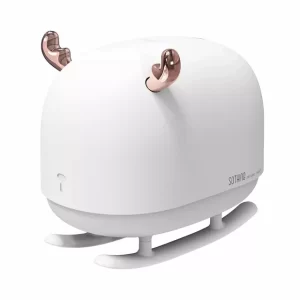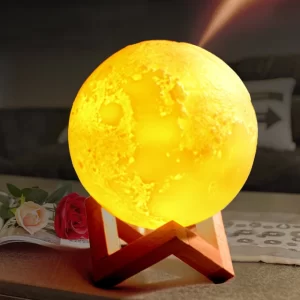Which is better for stuffy nose humidifier or purifier?
Introduction
A stuffy nose can be uncomfortable and disruptive to your daily activities. When searching for relief, many individuals consider using either a humidifier or an air purifier to improve indoor air quality and alleviate nasal congestion. Both devices offer unique benefits, but understanding their differences and how they can help with stuffy noses is essential for making an informed decision. In this guide, we will explore the uses and benefits of humidifiers and air purifiers, discuss their impact on nasal congestion, and offer insights to help you determine which option may be better for your specific needs.
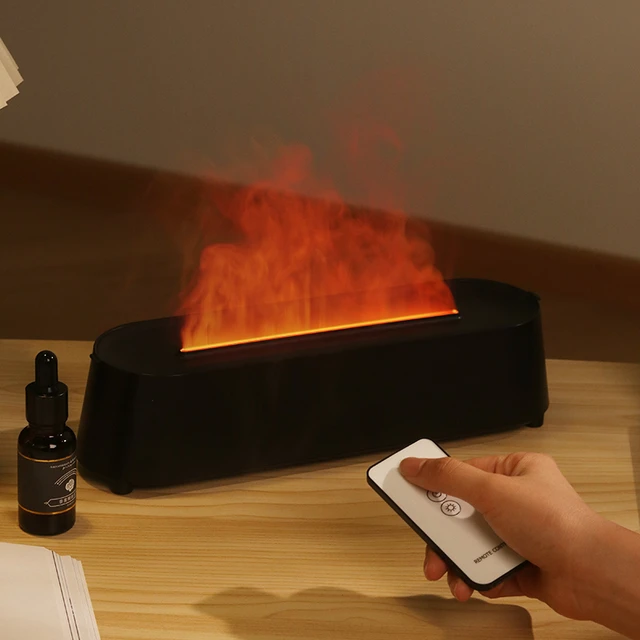
Which is better for stuffy nose humidifier or purifier?
I. Understanding Stuffy Nose and Its Causes
-
Nasal Congestion and its Impact:
- Nasal congestion, also known as a stuffy nose, occurs when the blood vessels in the nasal passages become swollen due to inflammation, allergies, sinus infections, or colds. It can result in difficulty breathing, disrupted sleep, and reduced quality of life.
-
The Role of Indoor Air Quality:
- Indoor air quality plays a significant role in nasal congestion. Factors such as dry air, allergens, airborne particles, and irritants can worsen congestion symptoms. Addressing these factors can effectively alleviate stuffy noses.
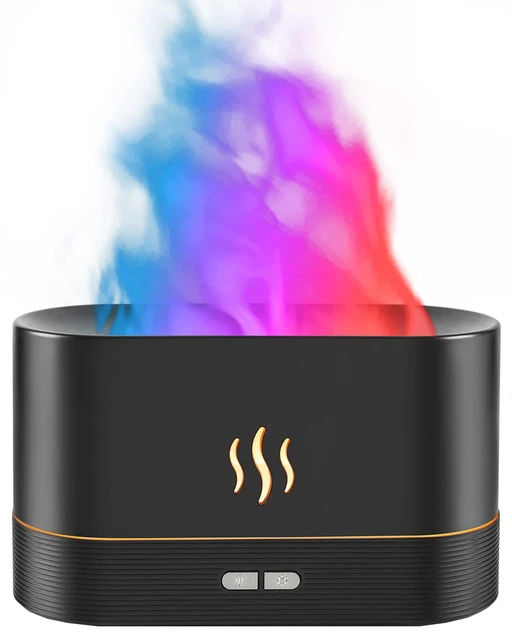
II. The Benefits of Humidifiers for Stuffy Noses
-
Increasing Moisture Levels:
- Humidifiers add moisture to the air, which can help alleviate dryness and thin mucus, reducing nasal congestion. Increased humidity can also soothe irritated nasal passages and alleviate discomfort.
-
Relieving Dryness:
- Dry air can aggravate nasal congestion and cause dryness in the nasal passages. Humidifiers help combat dryness by adding moisture to the air, providing relief to stuffy noses.
-
Enhancing Respiratory Function:
- Proper humidity levels can improve respiratory function and ease breathing. The moisture from a humidifier can help open up nasal passages, allowing for better airflow and reducing nasal congestion.
III. Uses and Benefits of Air Purifiers in Managing Stuffy Noses
-
Filtering Allergens and Irritants:
- Air purifiers remove airborne particles, allergens, dust, pet dander, and other irritants from the air. By capturing and filtering these substances, air purifiers help reduce the potential triggers of nasal congestion and alleviate symptoms.
-
Removing Pollutants:
- Air purifiers can eliminate pollutants such as smoke, smog, and volatile organic compounds (VOCs) that can contribute to nasal congestion and respiratory irritation. Cleaner air reduces the likelihood of stuffy noses caused by environmental pollutants.
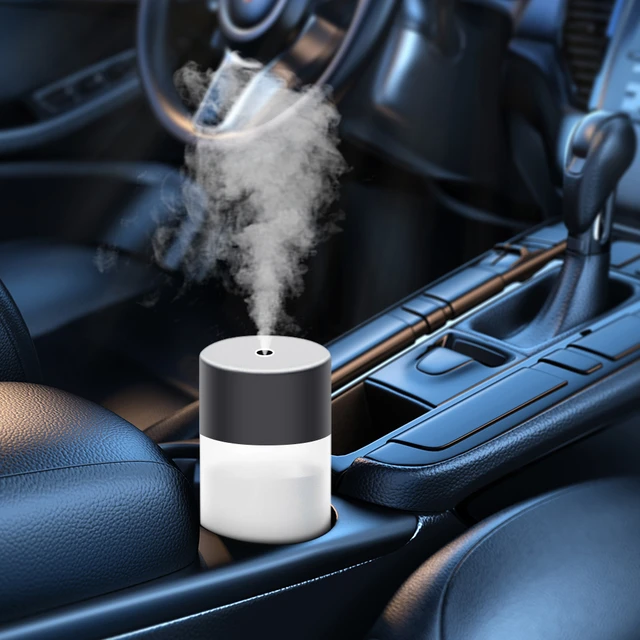
IV. Humidifiers vs. Air Purifiers: Differentiating Their Functions
-
Humidifiers:
- Humidifiers primarily focus on adding moisture to the air, improving humidity levels. They provide relief for dryness and can effectively alleviate nasal congestion caused by dry air. Improved moisture levels can also aid in relieving symptoms of sinus issues and allergies.
-
Air Purifiers:
- Air purifiers are designed to filter and clean the air by removing contaminants, allergens, and pollutants. By reducing the presence of these irritants, air purifiers can minimize nasal congestion triggered by environmental factors and improve overall indoor air quality.
V. Considering Individual Needs and Symptoms
-
Dry Air and Dryness-Related Symptoms:
- If nasal congestion is primarily caused by dry air or you experience dryness-related symptoms, such as dry throat or dry skin, a humidifier may be the more suitable choice. Humidifiers increase moisture levels and soothe nasal passages, providing relief for discomfort caused by dryness.
-
Allergies and Irritants:
- If your stuffy nose is primarily due to allergies, sensitivities, or exposure to environmental irritants, an air purifier can be beneficial. Air purifiers help remove allergens, dust particles, and pollutants that trigger nasal congestion and reduce allergenic responses.
VI. Complementary Use: Utilizing Both Devices
-
Combined Benefits:
- Combining a humidifier and an air purifier can provide comprehensive relief for nasal congestion. The humidifier adds moisture to the air, alleviating dryness, while the air purifier removes allergens and pollutants, reducing triggers for nasal congestion.
-
Strategic Placement:
- Position the humidifier in the room where you spend the most time to maximize its effectiveness in adding moisture to the air. Place the air purifier in areas prone to allergen accumulation or where airborne irritants are present.
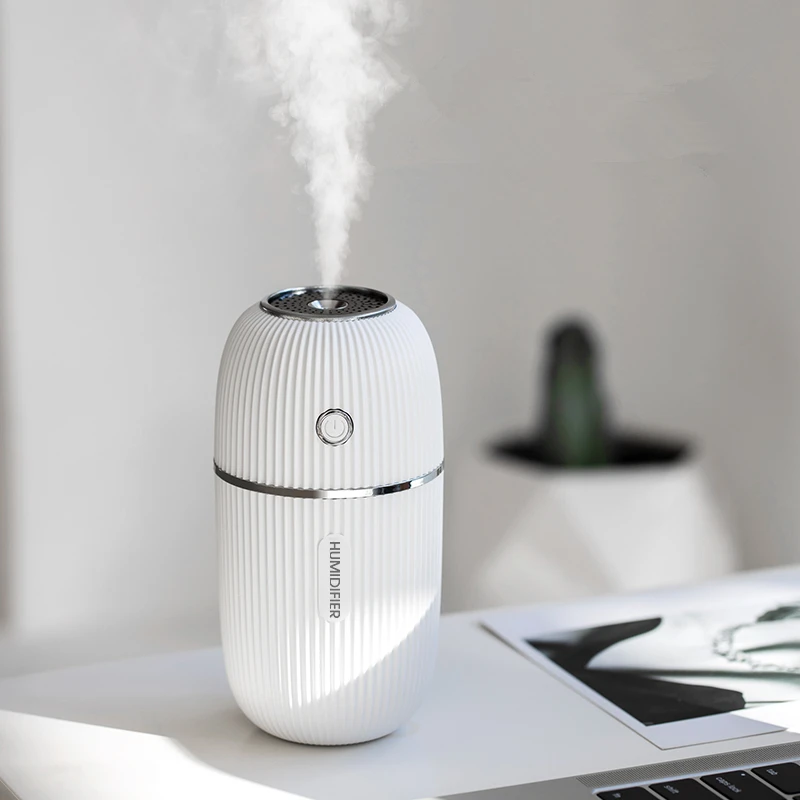
VII. Additional Considerations
-
Maintenance and Cleaning:
- Both humidifiers and air purifiers require regular maintenance and cleaning to ensure optimal performance and prevent bacterial growth. Follow the manufacturer’s instructions for cleaning and filter replacement to maintain their efficiency.
-
Noise Level:
- Consider the noise level of the device, especially if you plan to use it in your bedroom while sleeping. Some humidifiers and air purifiers produce noise during operation, which can affect sleep quality and comfort.
VIII. Professional Advice and Medical Consultation
-
Allergist or Physician Consultation:
- If nasal congestion persists or worsens despite using a humidifier or air purifier, consult an allergist or physician. They can provide further guidance, assess underlying causes, and recommend additional treatment options.
-
Professional Recommendations:
- Seek advice from HVAC professionals, indoor air quality experts, or specialists in respiratory health for personalized recommendations on improving indoor air quality and managing nasal congestion.
How to treat stuffy nose?
To treat a stuffy nose, you can try the following remedies:
Nasal decongestants: Over-the-counter nasal sprays or drops, containing ingredients like oxymetazoline or pseudoephedrine, can help relieve nasal congestion temporarily. However, prolonged use should be avoided to prevent rebound congestion.
Saline nasal rinses: Using a saline solution or nasal irrigation kit, you can flush out mucus and clear nasal passages. This can be done with a neti pot, squeeze bottle, or nasal spray.
Steam inhalation: Inhaling steam from a bowl of hot water or using a humidifier can provide temporary relief by moistening nasal passages and reducing congestion.
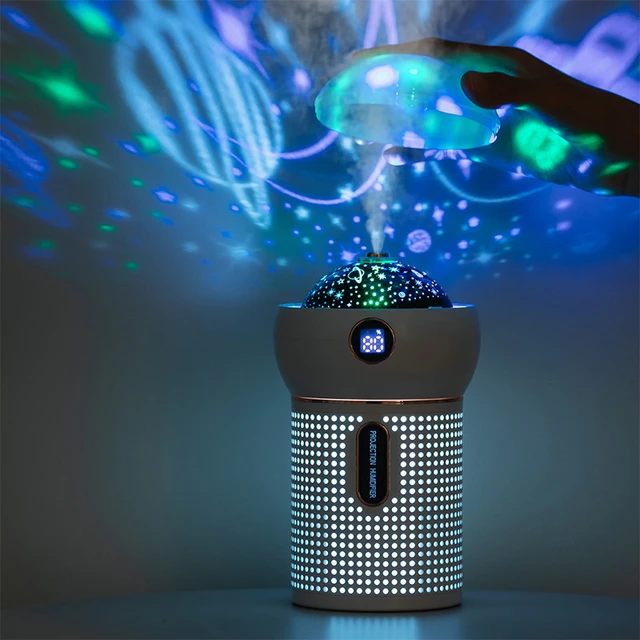
IX. Conclusion: Finding Relief with Humidifiers and Air Purifiers
In the choice between a humidifier or an air purifier for nasal congestion relief, both devices offer unique benefits. Humidifiers alleviate nasal congestion by adding moisture to the air and relieving dryness-related symptoms. On the other hand, air purifiers eliminate airborne irritants and allergens, reducing triggers for nasal congestion caused by environmental factors.
Consider your specific needs, such as dry air or allergen exposure, to determine which device may be more suitable for your situation. For comprehensive relief, using both a humidifier and an air purifier can deliver combined benefits. Remember to consult professionals for advice and to maintain regular maintenance and cleaning routines for optimal performance. By selecting the appropriate device and improving indoor air quality, you can effectively manage nasal congestion and breathe more freely.
